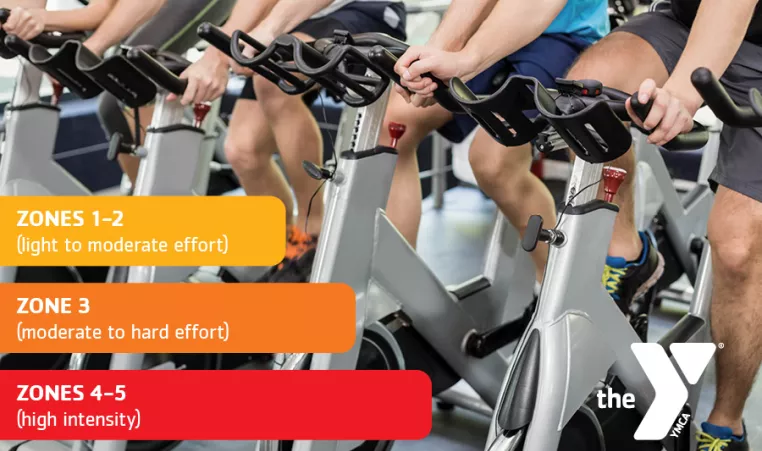
Figuring Out Workout Zones:
What Trainers See Behind the Struggle
At the gym, it's not uncommon to see members pushing themselves hard—especially those making significant lifestyle changes or managing metabolic shifts. They show up consistently, pour themselves into their workouts, and still seem frustrated when the results don't match the effort. As trainers, we see this often. The disconnect isn't about dedication—it's about strategy.
One member comes to mind: they were working out nearly every day, bouncing between intense cardio sessions and strength circuits, trying to "outwork" their plateaus. But what they hadn't been taught was how to train in zones. Instead of using heart rate or effort levels to guide intensity, their workouts were random—sometimes way too hard, sometimes too light, and often landing in that ineffective middle ground known as the "gray zone."
This kind of pattern can actually stall progress, especially for individuals whose bodies are already adapting to significant metabolic or lifestyle changes. Without intentional structure, they risk burnout, overtraining, and the kind of frustration that leads people to quit altogether.
The Power of Zone-Based Training
Training in the right zones helps guide intensity to match specific goals—whether that's fat loss, muscle building, or endurance. Instead of relying on how exhausted someone feels to measure "success," zone training teaches the body to work smarter, not just harder.
The 80/20 principle is key here:
- Zones 1-2 (light to moderate effort): This should be 80% of your cardio work. Essential for fat metabolism, recovery, and building aerobic base
- Zone 3 (moderate-hard effort): The "gray zone" trap—harder than easy but not hard enough for high-intensity benefits. Limit time here
- Zones 4-5 (high intensity): Only 20% of your cardio work. Builds power and speed but requires intentional recovery
For strength training, most muscle building happens in the 6-12 rep range (65-80% of max effort), not in the super heavy or super light extremes that people often gravitate toward.
Why Accountability Makes All the Difference
This is where a personal trainer or small group coaching makes all the difference. Instead of guessing what to do each day, members get a personalized plan, real-time feedback, and a coach to help them pace, progress, and recover intentionally.
A trainer can help:
- Determine your actual heart rate zones or teach you to use the "talk test" for effort levels
- Structure workouts that rotate intensity (following the 80/20 principle)
- Hold you accountable to easier days and recovery—which many driven people resist
- Recognize early signs of overtraining (elevated resting heart rate, poor sleep, declining performance) and adjust accordingly
- Keep the process mentally and emotionally sustainable by celebrating small wins and progress beyond the scale
Even small group formats can provide the structure and encouragement people need to stay consistent, learn their bodies, and build fitness that actually complements their other health goals rather than working against them.
The Bottom Line
Just because someone is showing up and working hard doesn't mean their plan is working for them. Without proper guidance, even the most dedicated members can spin their wheels—or worse, undermine their other health efforts through chronic stress from overtraining.
Zone training—paired with expert support—can turn struggle into strategy and frustration into forward progress. The goal isn't to push harder every single day; it's to train smarter, recover better, and build sustainable habits that support long-term health and fitness goals.
Remember: consistency in the "wrong" zone beats perfection in theory. But consistency in the right zones? That's where real transformation happens.
Jesa K., Westview YMCA Health & Wellness Director